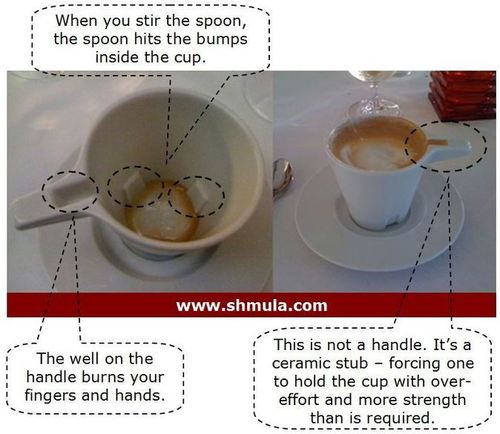Jan 23 2014
The NUMMI Story (Minus the Ending) | Matthew May
See on Scoop.it – lean manufacturing

Got it in your mind’s eye? Now, multiply it by oh, say, 100. That’s how bad the place I’m about to describe was. I know, because I spoke to people who were there.
The year was 1982. It was the year of Jordaache Jeans. The year of Wendy’s “Where The Beef?” commercial. And the It was 1982, the first full year of Reaganomics.
The place was the General Motors Fremont, California plant…”
The NUMMI joint venture between GM and Toyota is a great story of thorough transformation. It is how a car plant from worst to best. Unfortunately, it ended in 2010, when GM when bankrupt and Toyota declined to take over the entire venture.
Now Toyota is part owner of Tesla, the facility is the Tesla plant, and it has been getting renewed attention as such. This is a new lease on life but Tesla’s 10,000 cars/year do not compare with the 250,000 NUMMI used to make.
See on matthewemay.com




Jan 26 2014
880 Saskatchewan health care leaders study Lean at Virginia Mason | The StarPhoenix
See on Scoop.it – lean manufacturing
 “Close to 900 health workers will make the pilgrimage to Seattle in search of factory efficiency for hospitals. Take a look inside at the origins of the world’s biggest health quality experiment. […] With Virginia Mason as their model, the treks are part of a sweeping overhaul of how the provincial health system is managed. […]More than a decade into a journey that’s never really finished, Virginia Mason now makes it its business to teach health care leaders from all over the world about the Virginia Mason Production System.”
“Close to 900 health workers will make the pilgrimage to Seattle in search of factory efficiency for hospitals. Take a look inside at the origins of the world’s biggest health quality experiment. […] With Virginia Mason as their model, the treks are part of a sweeping overhaul of how the provincial health system is managed. […]More than a decade into a journey that’s never really finished, Virginia Mason now makes it its business to teach health care leaders from all over the world about the Virginia Mason Production System.”
This Canadian newspaper article is the most detailed account I have seen of the “Virginia Mason Production System.” Virginia Mason Medical Center is a Seattle hospital that has been converting to Lean since 2001and now has a business unit teaching others what it has done.
100 years ago, industrial engineer Frank Gilbreth developed the operating room procedures that are standard today, so it’s not the first time hospitals learn from manufacturing.
What this article gives is examples of the changes that were made at Virginia Mason, in particular the application of 3P (“Production Preparation Process”), involving patients in the design of new care units, and simulating with full scale mockups.
Other specifics include building design features to support maintenance and upgrades without disrupting care, the use of the two-bin system to manage medication supplies, and visual management.
And the article also touts the results that Virginia Mason achieved through this effort, in terms of both improved care and economic performance.
The StartPhoenix is a Saskatchewan newspaper, and the article also tells readers about the cost to taxpayers of the effort to emulate Virginia Mason in the entire health system of the province.
Most striking is the $39M contract over four years given to the Seattle consulting firm that helped Virginia Mason. As this translates to tens of people working full time on the project, it looks more like engineering than consulting.
See on www.thestarphoenix.com
Share this:
Like this:
By Michel Baudin • Press clippings 0 • Tags: Lean, Lean Health Care, Virginia Mason